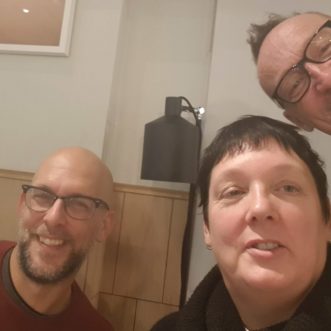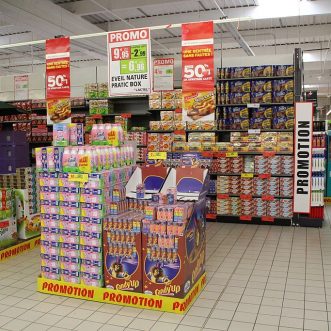September 4, 2019
Acquisition is a common form of expansion. Especially where customers buy regularly and repeatedly. As the buyer, you add a whole bunch of new customers in one go, in bulk. As the seller you get to cash in on all those years of hard work.
So far, so good.
For employees, takeover or merger often leads to culture shock, as two distinct (and probably inarticulate) Promises of Value clash in the new business. This is a recognised issue that gets attention and effort from the buyer.
But what about customers?
Often, they don’t even know until after the event, when they call for support and find the rules have changed on them, or see the size of their next bill.
What do you think they feel when they find out?
Perhaps they don’t care, as long as there is no difference in the service they get or the fees they have to pay. They didn’t have a relationship with the previous company and they don’t with the new one either. These customers will stay until a significantly better offer comes along, as sooner or later it will.
Perhaps they are delighted – because the new rules make things easier for them, and efficiencies or economies of scale make their bills lower. These customers will stay, and tell everyone why.
Or perhaps they feel belittled, betrayed and angry. They had a relationship with the previous company. They had chosen it because of its values and ethos. They had bought in to its Promise of Value. This company and the way it worked had become part of their life, and now you’ve taken that away. Worse still, you’ve treated them as a commodity. These customers will leave, and tell everyone why.
What’s the answer?
Aim for delighted, every time.









